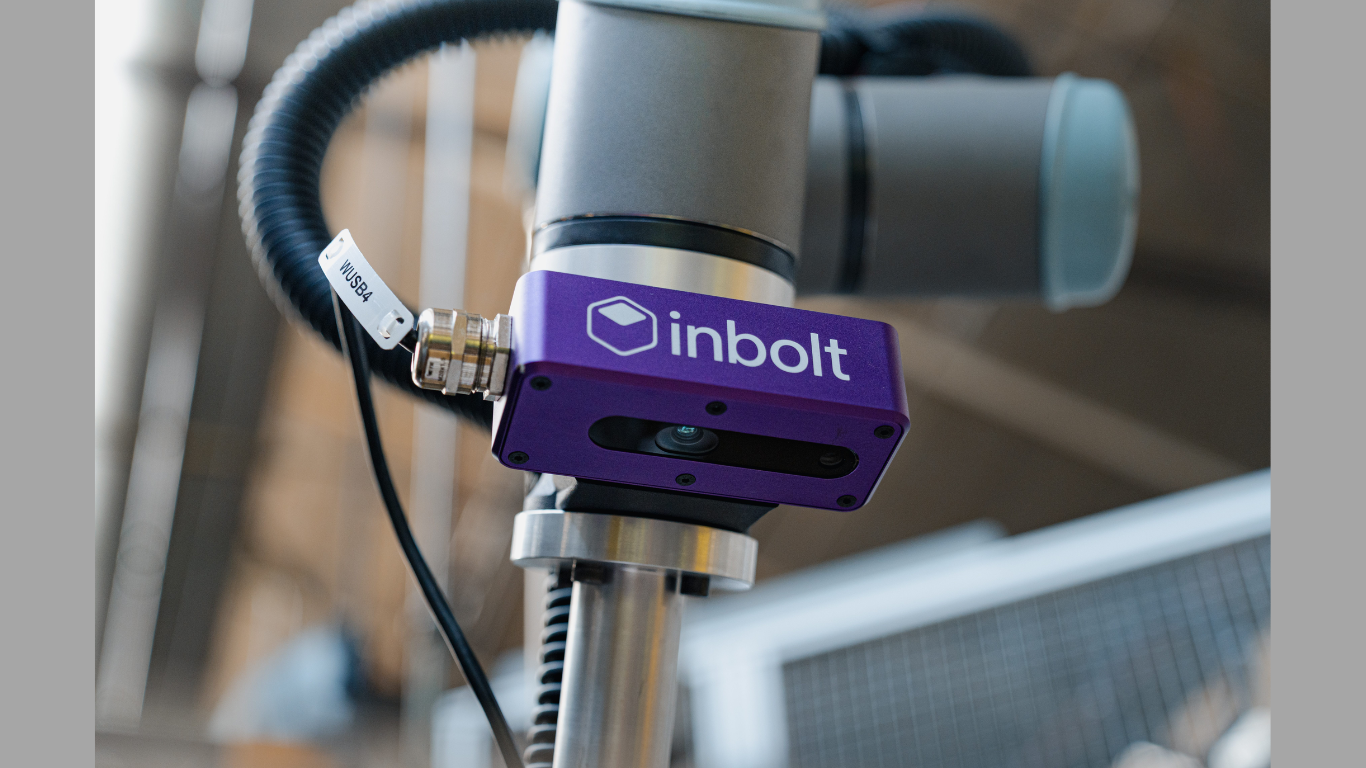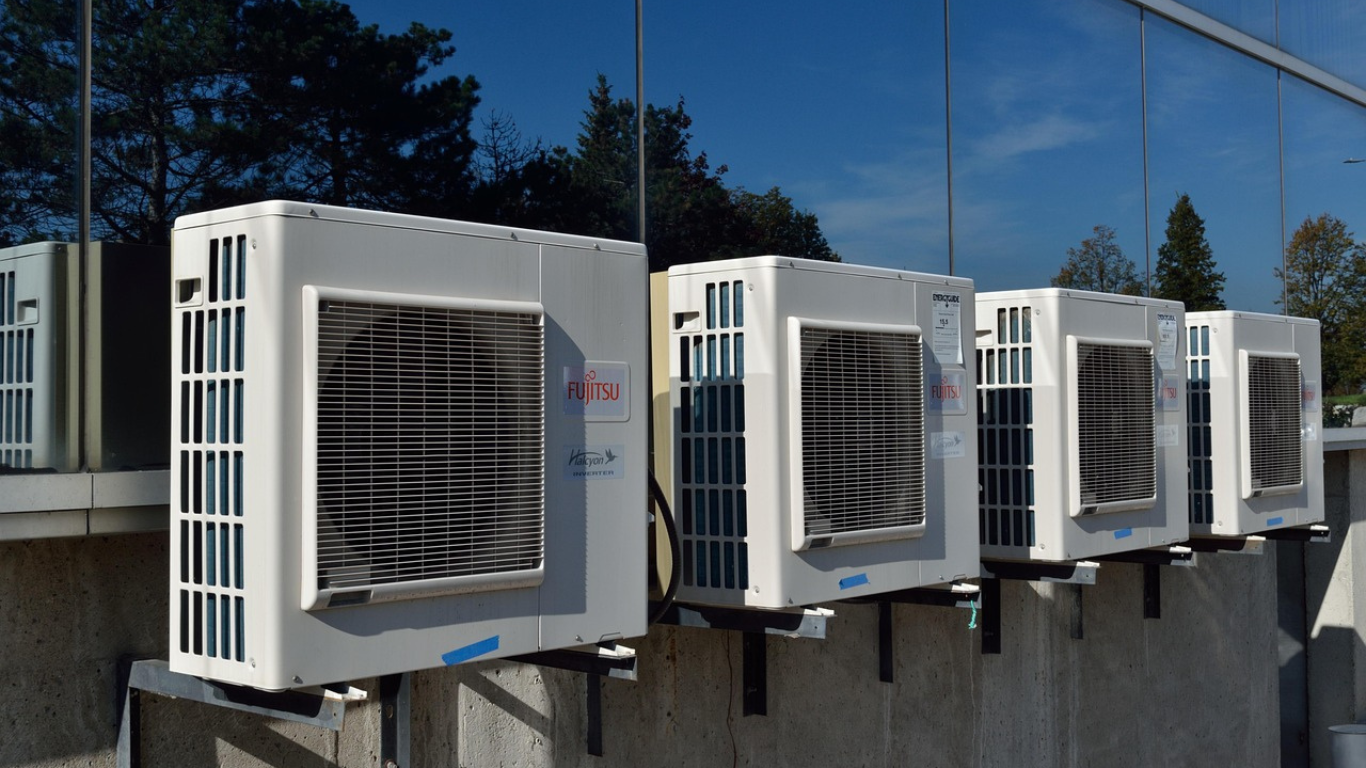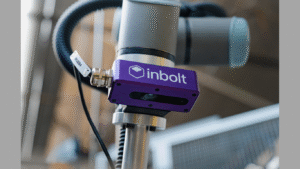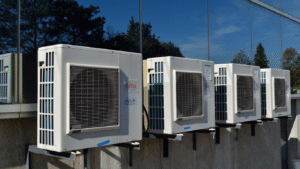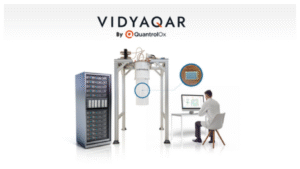Elevators are important for the smooth functioning of healthcare facilities, from large hospitals to smaller clinics. They transport patients, medical staff, equipment, and supplies quickly and safely between floors. When an elevator malfunctions in a healthcare setting, it’s not just an inconvenience; it can delay critical treatments, compromise patient safety, and disrupt the entire workflow of the building. Regular maintenance is not simply about keeping elevators operational; it’s about ensuring reliability, compliance, and safety in a setting where seconds can make a difference.
Reliability in High-Demand Environments
In healthcare buildings, elevator usage is constant. Patients on stretchers, staff moving quickly between floors, and delivery personnel bringing in essential supplies all rely on smooth, uninterrupted service.
The high demand puts continuous strain on elevator systems, making regular maintenance crucial for preventing breakdowns. From elevator services across the New York Metropolitan area to specialised maintenance providers in smaller regions, healthcare facilities benefit most when they work with experts who understand the unique demands of medical environments. These professionals can create tailored service schedules, conduct preventative checks, and replace worn components before they fail. In a hospital, an unexpected elevator shutdown can force staff to reroute patient transport, delay lab results, or even postpone surgeries.
Compliance With Safety and Health Regulations
Elevators in healthcare facilities are subject to strict safety codes and regulations. These guidelines are in place to protect patients, staff, and visitors from accidents and ensure that elevators are suitable for transporting critical medical equipment.
Routine inspections help identify mechanical or electrical issues early, keeping the facility compliant with legal requirements and avoiding costly fines. For example, most regions require that elevators meet standards for emergency operation, such as backup power systems that allow them to function during outages. Maintenance teams verify that control panels, alarms, and communication systems are in working order, critical for emergencies where passengers may become trapped.
Beyond compliance, regular service supports infection control measures. A well-maintained elevator reduces the risk of contaminants accumulating in ventilation systems or on frequently touched surfaces, which is particularly important in environments where immunocompromised patients receive care.
Extending the Life of Expensive Equipment
Elevators represent a significant investment for any building, but in healthcare facilities, the stakes are higher. Replacing an elevator system can be extremely costly and disruptive, requiring parts of the building to be shut down during installation. Regular maintenance extends the lifespan of elevators by addressing small issues before they escalate into major, costly repairs.
Preventive maintenance includes lubricating moving parts, testing safety systems, and updating software to ensure that the elevator’s performance remains efficient. When components such as cables, brakes, or doors are inspected and serviced regularly, the risk of sudden failure drops dramatically. This approach preserves the facility’s budget and helps ensure that patients and staff are never left waiting due to a preventable breakdown.
Improving Energy Efficiency and Sustainability
Modern elevators are designed to be energy-efficient, but their performance can degrade without proper maintenance. Dirty or worn components can cause motors to work harder, increasing electricity usage and driving up utility bills.
By keeping elevators in top condition, healthcare buildings can maintain their energy efficiency, reduce operational costs, and support sustainability goals. Maintenance providers can recommend upgrades to lighting systems, control technology, or regenerative drives that capture and reuse energy, further improving efficiency. For hospitals and clinics striving to reduce their environmental footprint, these improvements can be a valuable part of their long-term strategy.
Minimising Disruptions to Patient Care
A malfunctioning elevator can cause more than logistical delays; it can directly impact patient outcomes. Imagine a scenario where a critical patient needs to be transported to surgery, but the primary elevator is out of service. Staff may have to take longer routes or wait for another elevator, wasting precious time.
Maintenance teams often work around a healthcare facility’s schedule to perform inspections and repairs at times that cause minimal disruption. Some service providers offer 24/7 emergency response, ensuring that even unexpected issues can be resolved quickly. Having a robust maintenance plan in place means that patient care remains the top priority, without being compromised by building infrastructure failures.
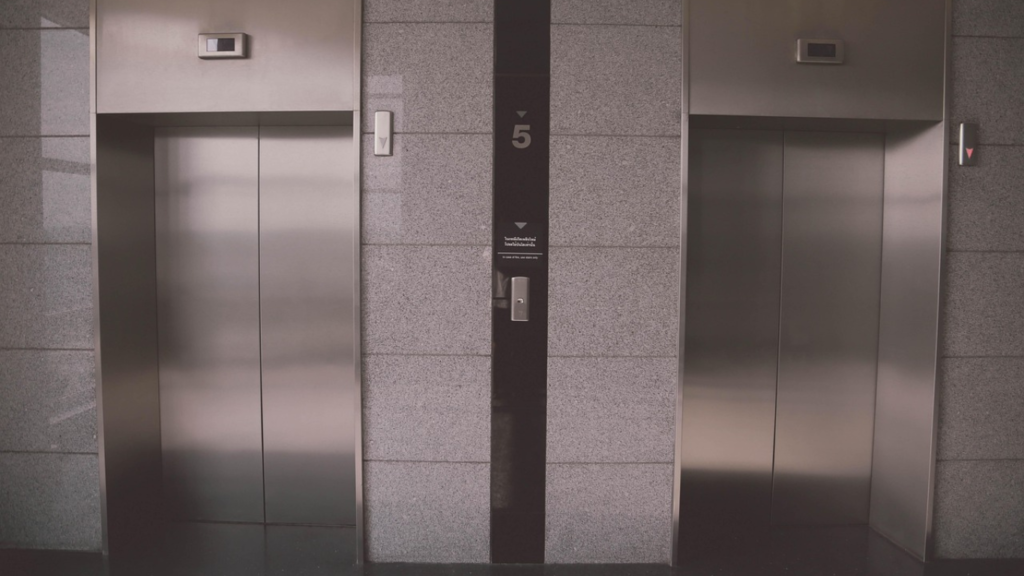
Reducing Long-Term Operational Costs Through Proactive Care
Consistent elevator maintenance in healthcare settings does more than prevent emergencies; it lowers operational expenses. By identifying minor issues before they become costly failures, facilities avoid expensive parts replacements, emergency service calls, and extended downtime. Proactive care helps optimise energy efficiency, which can significantly reduce utility costs in large buildings where elevators operate continuously. This long-term cost control supports better budget allocation for other critical healthcare services.
In healthcare buildings, elevators are far more than a convenience; they are an integral part of the patient care process. Regular maintenance ensures they remain reliable, safe, and efficient, while extending their service life and keeping the facility compliant with regulations.
By partnering with skilled elevator service providers who understand the specific needs of medical environments, healthcare facilities can minimise downtime, improve safety, and protect both their investment and their patients. In an industry where every second counts, maintaining elevator performance isn’t optional; it’s crucial.
Article received via mail



